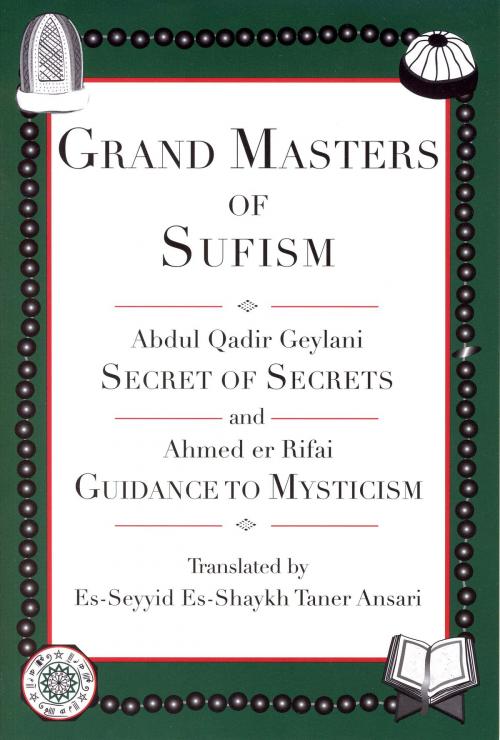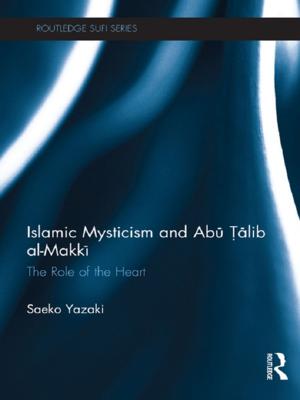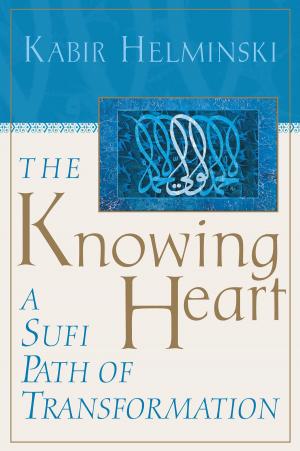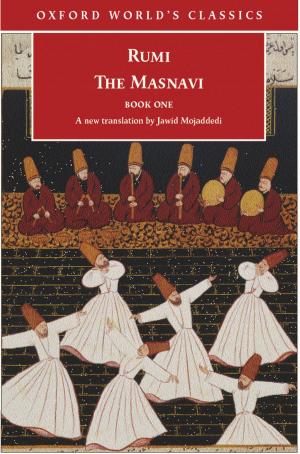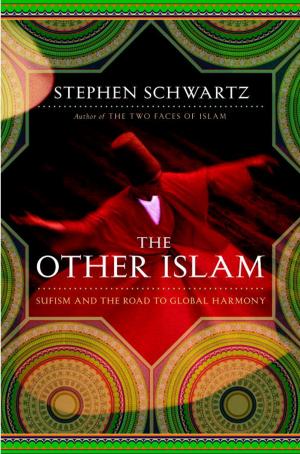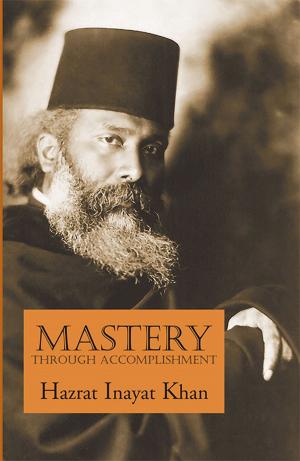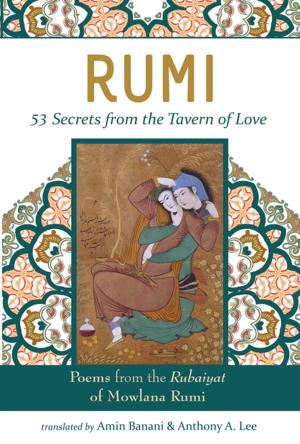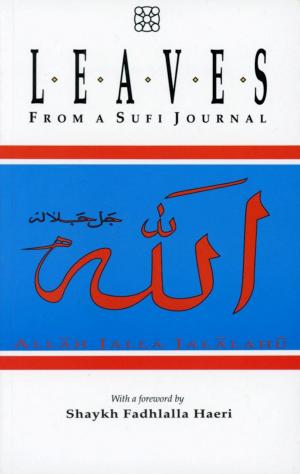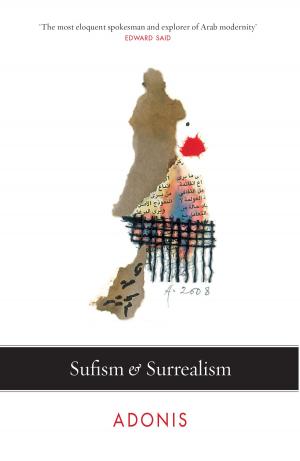Grand Masters of Sufism, Abdul Qadir Geylani and Ahmed er Rifai (Annotated)
Secret of Secrets and Guidance to Mysticism
Nonfiction, Religion & Spirituality, Middle East Religions, Sufism| Author: | Es-Seyyid Es-Shaykh Taner Ansari | ISBN: | 9780984962211 |
| Publisher: | Ansari Publications | Publication: | February 19, 2013 |
| Imprint: | The Holy Trail | Language: | English |
| Author: | Es-Seyyid Es-Shaykh Taner Ansari |
| ISBN: | 9780984962211 |
| Publisher: | Ansari Publications |
| Publication: | February 19, 2013 |
| Imprint: | The Holy Trail |
| Language: | English |
Grand Masters of Sufism brings together in one volume two paramount texts from two of the most influential shaykhs in the history of Sufism. Abdul Qadir Geylani and Ahmed er Rifai were cousins who lived contemporaneously. They separately embraced personal missions to teach tasawwuf, a method of spiritual purification that leads to the opening up of a direct line of communication with the Supreme Being, Allah. This process is known today in the western world as Sufism. Masters Geylani and Rifai founded tariqas, or schools, of tasawwuf that have borne their names since their inception in the 12th century C.E. They each wrote texts that captured the unique flavor of their respective tariqas. Abdul Qadir Geylani's Secret of Secrets and Ahmed er Rifai's Guidance to Mysticism present concepts of the Sufi path in profound detail, and can each stand alone as a work of unparalleled authority. Together they comprise a veritable textbook for students of Sufism and all who would seek a deeper understanding of the mysteries of spiritual life. While Abdul Qadir Geylani's Secret of Secrets has been widely disseminated, the present translation is remarkable in that it combines the interpretation of ancient spiritual concepts in terms of modern English usage with the use of key words in transliterated Arabic. These key terms, translated once in each chapter, have no simple English equivalents. The translator's intention is to encourage the understanding of these terms and the concepts they represent as the text is being read. A careful reading of the text in simple English with a sprinkling of these key terms will broaden the modern reader's understanding of ancient spiritual concepts and practices, thus adapted to a twenty-first century mindset. Ahmed er Rifai's Guidance to Mysticism has never before been translated into the English language. This ground-breaking translation uses the same technique described above, with important additions. It was first disseminated over the Internet with the translator, Shaykh Taner Ansari, during his weekly talks with students. During these talks, Shaykh Taner gave explanation of the text by way of commentary and answers to questions from the students. These commentaries and some of the dialogue from these sessions have been incorporated into the chapters of the book, the result being an excellent study guide for those who are interested in a deep understanding of Sufism from the point of view of this great Sufi master and the tariqa that bears his name. Contextual understanding of terminology and some personages mentioned in the volume is enhanced by historical data found in the biographies of the two authors and in occasional footnotes throughout the volume. As Pir of the Ansari Tariqa of Qadiri Rifai Sufi Tariqa, Shaykh Taner is uniquely poised to bring his interpretation of these two works to the modern readership. His Sufi training in the traditions of both Abdul Qadir Geylani and Ahmed er Rifai under the auspices of the tariqa that combines both teachings and methodologies lends him a singular authority in this regard. Shaykh Taner's deep spiritual connection to these Sufi masters comes through the unbroken lineage of shaykhs, from the two masters to his own Shaykh Muhyiddin Ansari, who charged him with the task of bringing these books in fresh and true translation to the modern spiritual seeker. The result of his endeavor is Grand Masters of Sufism, a book wrought in reverence and love.
Grand Masters of Sufism brings together in one volume two paramount texts from two of the most influential shaykhs in the history of Sufism. Abdul Qadir Geylani and Ahmed er Rifai were cousins who lived contemporaneously. They separately embraced personal missions to teach tasawwuf, a method of spiritual purification that leads to the opening up of a direct line of communication with the Supreme Being, Allah. This process is known today in the western world as Sufism. Masters Geylani and Rifai founded tariqas, or schools, of tasawwuf that have borne their names since their inception in the 12th century C.E. They each wrote texts that captured the unique flavor of their respective tariqas. Abdul Qadir Geylani's Secret of Secrets and Ahmed er Rifai's Guidance to Mysticism present concepts of the Sufi path in profound detail, and can each stand alone as a work of unparalleled authority. Together they comprise a veritable textbook for students of Sufism and all who would seek a deeper understanding of the mysteries of spiritual life. While Abdul Qadir Geylani's Secret of Secrets has been widely disseminated, the present translation is remarkable in that it combines the interpretation of ancient spiritual concepts in terms of modern English usage with the use of key words in transliterated Arabic. These key terms, translated once in each chapter, have no simple English equivalents. The translator's intention is to encourage the understanding of these terms and the concepts they represent as the text is being read. A careful reading of the text in simple English with a sprinkling of these key terms will broaden the modern reader's understanding of ancient spiritual concepts and practices, thus adapted to a twenty-first century mindset. Ahmed er Rifai's Guidance to Mysticism has never before been translated into the English language. This ground-breaking translation uses the same technique described above, with important additions. It was first disseminated over the Internet with the translator, Shaykh Taner Ansari, during his weekly talks with students. During these talks, Shaykh Taner gave explanation of the text by way of commentary and answers to questions from the students. These commentaries and some of the dialogue from these sessions have been incorporated into the chapters of the book, the result being an excellent study guide for those who are interested in a deep understanding of Sufism from the point of view of this great Sufi master and the tariqa that bears his name. Contextual understanding of terminology and some personages mentioned in the volume is enhanced by historical data found in the biographies of the two authors and in occasional footnotes throughout the volume. As Pir of the Ansari Tariqa of Qadiri Rifai Sufi Tariqa, Shaykh Taner is uniquely poised to bring his interpretation of these two works to the modern readership. His Sufi training in the traditions of both Abdul Qadir Geylani and Ahmed er Rifai under the auspices of the tariqa that combines both teachings and methodologies lends him a singular authority in this regard. Shaykh Taner's deep spiritual connection to these Sufi masters comes through the unbroken lineage of shaykhs, from the two masters to his own Shaykh Muhyiddin Ansari, who charged him with the task of bringing these books in fresh and true translation to the modern spiritual seeker. The result of his endeavor is Grand Masters of Sufism, a book wrought in reverence and love.
